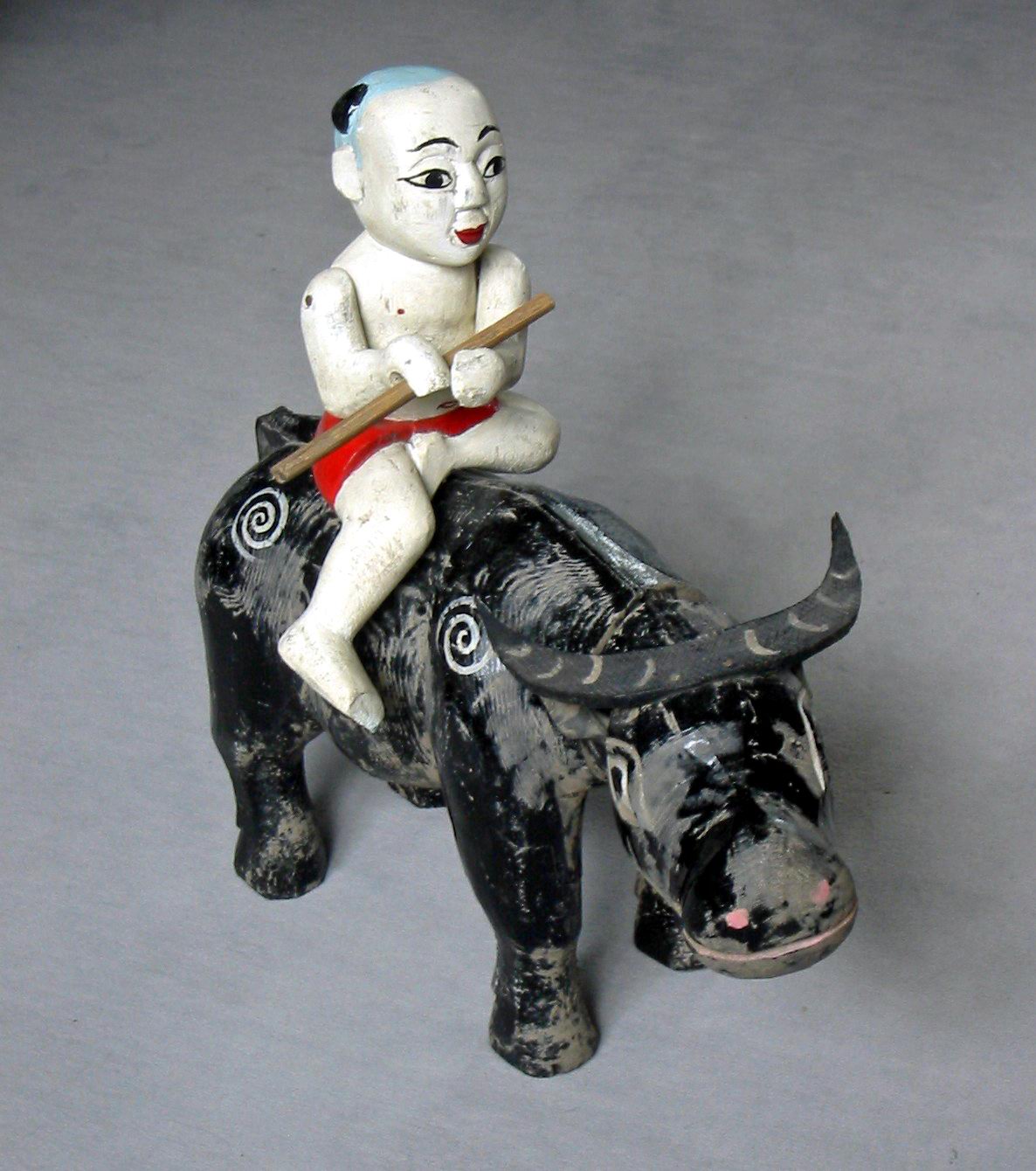The op-ed page of The Washington Post is full of type, but not enough to fill the gaping hole where Robert “Bob” Novak’s column used to appear. Novak’s column nominally originated from The Chicago Sun-Times, but he was the first to say that much of his success was the result of appearing in The Washington Post. If you write about politics it helps to do it where the politicians will read you. In Washington the best place for that is The Post, with its dominant circulation among the three newspapers published in the nation’s capital.
Now that Novak, 77, has had to retire to fight a brain tumor, it is clear that he has no successor. Some of his colleagues on The Post are more articulate than Novak. His fellow conservatives Charles Krauthammer, George Will and Michael Gerson all are great stylists. The liberals Ruth Marcus and Harold Meyerson turn a beautiful phrase, and Richard Cohen has remained fresh and funny for three decades.
But none of them sets out to do what Novak did for 45 years–break news. He believed the old adage that “there is nothing as good as news in the newspaper.” First with his late partner Rowland Evans, and in recent years by himself, Novak broke news. He understood that opinion alone grows tired, especially when everyone knows the sympathies of the columnist, but news is always self-refreshing.
For Novak, the column was a newspaper inside a newspaper; and he was going to fill it with news whether it was hurtful or harmless to his Republican friends. Because Novak was an ardent conservative for most of his professional life, conservatives always felt hurt when Novak’s reporting revealed chinks in their armor. As a commentator, particularly on television, Novak was a fierce partisan. But as a reporter he went where the story led, as they say, without fear or favor.
Novak got the news, which distinguished his column, the old-fashioned way: He worked for it. In this he was like the liberal Jack Germond, who worked hard for his stories.
Timothy Carney, who worked for Novak on the Evans-Novak Political Report, and now edits that newsletter, said in his Washington Examiner column last week, “The hardest working man I have ever known has retired.”
Carney went on: “What we’ve lost primarily is a reporter who cast a cynical eye on the best-laid plans of bureaucrats, who took the same level of skepticism to his coverage of both political parties, and who was motivated, above all, by the desire to unearth information that powerful people would prefer remain buried.
“To the detriment of the republic, there is now one fewer skeptic calling around Capitol Hill until he gets the real dirt–there is one fewer sleuth–freed by his spot on the opinion pages from what Novak calls ‘the deaf-dumb-blind’ sort of impartiality that often makes news reporting worthless–exposing the true machinations in the government. This can be a cause for relief for many powerful people.”
I first met Novak at a conference. We were both speakers, but he was the star. I do not remember the conference or where it took place–Texas, I think. But I do remember Novak and how kind he was to me, and generous with his praise of my talk.
Over the years I ran into Novak at the White House, at receptions, and one glorious evening at the National Press Club in 2001, when we lampooned Novak. Actually that was not the plan, but it was the result. The plan was to give him the prestigious Fourth Estate Award and to say pompous, platitudinous things about journalism. Instead his fellow columnists filled the stage, and there was much merriment and roasting “The Prince of Darkness.” This moniker came from a fellow journalist, John Lindsay, and was a commentary on Novak’s Slavic looks and pessimism about the human condition. Novak loved it.
To my mind Novak’s politics were tortured, but his journalism shone through. He believed that the purpose of his column was to find out what is going on and to tell us. He was true to the old journalistic concept that you have failed if the reader does not know something he or she did not know before they picked up your piece.


